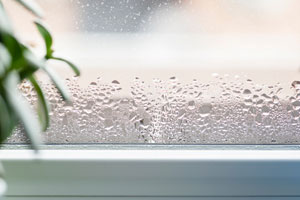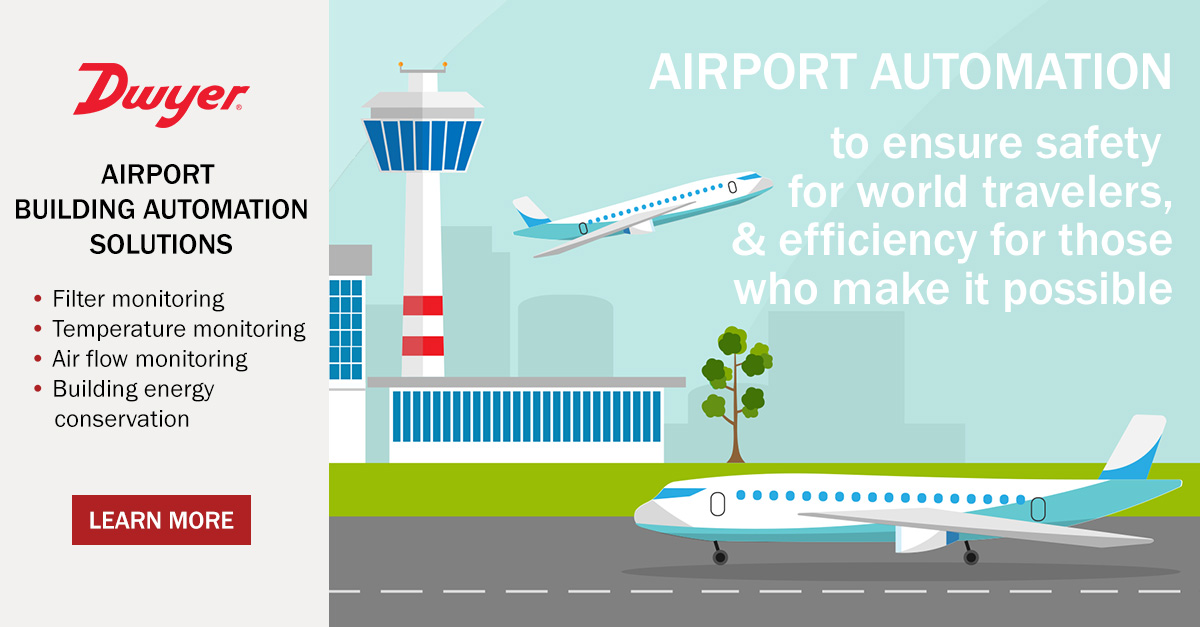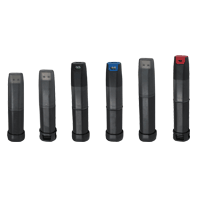 Picture this: you walk into an office building on a hot summer day. As the door closes behind you, you immediately feel the temperature change. It’s cool and refreshing, thanks to the terminal units working diligently behind the scenes. Terminal units, while often unseen and unheard, play a crucial role in maintaining a comfortable environment in various buildings, from offices to schools and hospitals. Let’s explore these components, the challenges they address, and how Dwyer’s range of products helps conquer these challenges.
Picture this: you walk into an office building on a hot summer day. As the door closes behind you, you immediately feel the temperature change. It’s cool and refreshing, thanks to the terminal units working diligently behind the scenes. Terminal units, while often unseen and unheard, play a crucial role in maintaining a comfortable environment in various buildings, from offices to schools and hospitals. Let’s explore these components, the challenges they address, and how Dwyer’s range of products helps conquer these challenges.
Continue reading “Exploring Terminal Units: Dwyer’s Solutions for Better Indoor Environments and Optimal Performance”
Airports Use Dwyer Building Automation System Products
Tapping your foot anxiously, you glance at your airline ticket and the terminal noted on it. The flight will be boarding in a few minutes. As you look around, there are several other people waiting for this flight; it seems the plane is fully booked. You close your eyes and breathe in deeply, calming your nerves. The air seems fresh, not stagnant, despite the large number of people around you. There are no empty seats in the area, so you carefully find a window to lean against as you watch the airplanes of other terminals and wait for your own.

Airports must provide a controlled environment for their visitors, while allowing scheduled maintenance within a building that is operational 24/7. Additionally, they must offer a high level of security for their passengers, all while simultaneously moving those travelers and their luggage rapidly through the building, in a finite amount of time.
Generally, airports are large complex buildings divided into numerous areas, with a number of smaller units located within them. Building automation systems (BAS) are used within airports to monitor and control sensors for things like filters, temperature, air flow, and building energy usage.
Airport automation, put simply, is needed to help ensure safety for world travelers and efficiency for those who make it possible. When an airport’s BAS is functioning properly, travelers can focus on the tasks at hand while everything runs in the background to keep them safe. Continue reading “Airports Use Dwyer Building Automation System Products”
4 Reasons You Should Measure Humidity
 We often don’t think about the effects that relative humidity can have. It doesn’t stand out the way that the temperature of a room does, where a person might have to turn on a fan or turn up a heater. In fact, relative humidity is crucial to promoting good indoor air quality and is important to the health and safety of several different applications and areas.
We often don’t think about the effects that relative humidity can have. It doesn’t stand out the way that the temperature of a room does, where a person might have to turn on a fan or turn up a heater. In fact, relative humidity is crucial to promoting good indoor air quality and is important to the health and safety of several different applications and areas.
Outside Air Humidity
 This week is Air Quality Awareness Week, which is promoted by AirNow to discuss the importance of healthy air for everyone. One vital part of air quality involves monitoring humidity and temperature, so using an accurate outside humidity and temperature sensor can have a significant impact.
This week is Air Quality Awareness Week, which is promoted by AirNow to discuss the importance of healthy air for everyone. One vital part of air quality involves monitoring humidity and temperature, so using an accurate outside humidity and temperature sensor can have a significant impact.
Most air handling units (AHUs) use what is called an economizer cycle. This is when outside air is mixed with the return air to cool the building dependent upon the outside temperature. However, if the air is too dry and requires humidification to accomplish this process, your cost savings may have been eliminated due to the AHUs humidity control, which provides excessive steam for this humidification procedure to take place. Consequentially, sometimes based on weather conditions, your economizer may just be costing you money instead of saving it. Continue reading “Outside Air Humidity”
Ask the Expert: What is a data logging USB, and how do I use it?
 What is a data logging USB?
What is a data logging USB?
A data logger is a tool used to record a variety of parameters, which can include, temperature, humidity, dew point, current, voltage, and carbon monoxide. The logger is used in the field to record data, then brought back to a computer to collect/graph what was collected. These data loggers are ideal for applications such as: calibration labs, environmental chambers, pharmaceutical plants, and storage warehouses. Continue reading “Ask the Expert: What is a data logging USB, and how do I use it?”





